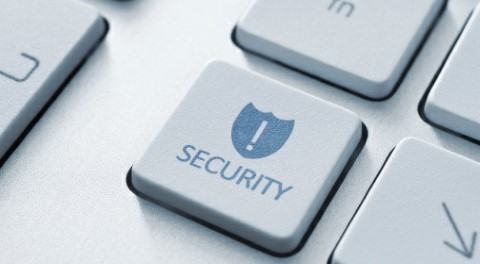 Since the early 1970s, companies have recognized the significant benefits of conducting occupational health and safety audits to ensure compliance with health and safety regulations and the specific legal requirements of each industry.
Since the early 1970s, companies have recognized the significant benefits of conducting occupational health and safety audits to ensure compliance with health and safety regulations and the specific legal requirements of each industry.
The main regulatory reference for workplace health and safety is OHSAS 18001. The 18000 Standard focuses on creating a management system for workplace safety-related issues.
To conduct a successful safety audit, we suggest the following recommendations:
- The auditor must be clearly identified and will have the primary responsibility for selecting the team members, conducting the audit, defining the scope of the review, preparing the audit program and plan, reviewing the audit results, and determining any corrective actions if the agreed audit objectives are not met.
- The health and safety officer must have unrestricted access to all relevant records in this field and to every physical area of the facility.
- The audit should be carefully planned to ensure its effectiveness. It is essential to understand that planning an audit is just as important as the audit itself since much of its success depends on thorough preparation. At least two weeks before the audit, the team leader should prepare and distribute the necessary materials to all involved personnel so they know how the audit will be conducted and how long it will take. Pay close attention to estimating the required time based on the documents to be reviewed and the on-site inspections to be conducted, focusing primarily on areas with higher risks.
- At the beginning of the audit, the lead auditor should give a brief opening statement to clarify the main reasons for the audit and highlight its key moments.
- The actual audit should start by comparing the statements made by various departments regarding health and safety with their actual activities. Discrepancies between these two aspects could indicate gaps in the staff training program or other areas.
- At the end of the audit, all relevant personnel should gather for a final meeting, where they will be thanked for their time and collaboration. The audit findings will be shared and later summarized in a detailed report, which will be distributed to a predetermined list of recipients established during the audit planning phase. The final meeting is a crucial moment to prevent any disputes or misunderstandings after the report is distributed. Any non-conformities should be summarized and, if necessary, further explained to avoid unpleasant surprises.
- Once the final meeting is concluded, the preparation of the audit report begins. This document should be concise yet detailed, clear, and easily understandable for all. Any corrective actions to be taken should be explicitly stated to ensure proper implementation.
- The audit process concludes with a follow-up action to verify that the required corrective measures have been effectively carried out.


